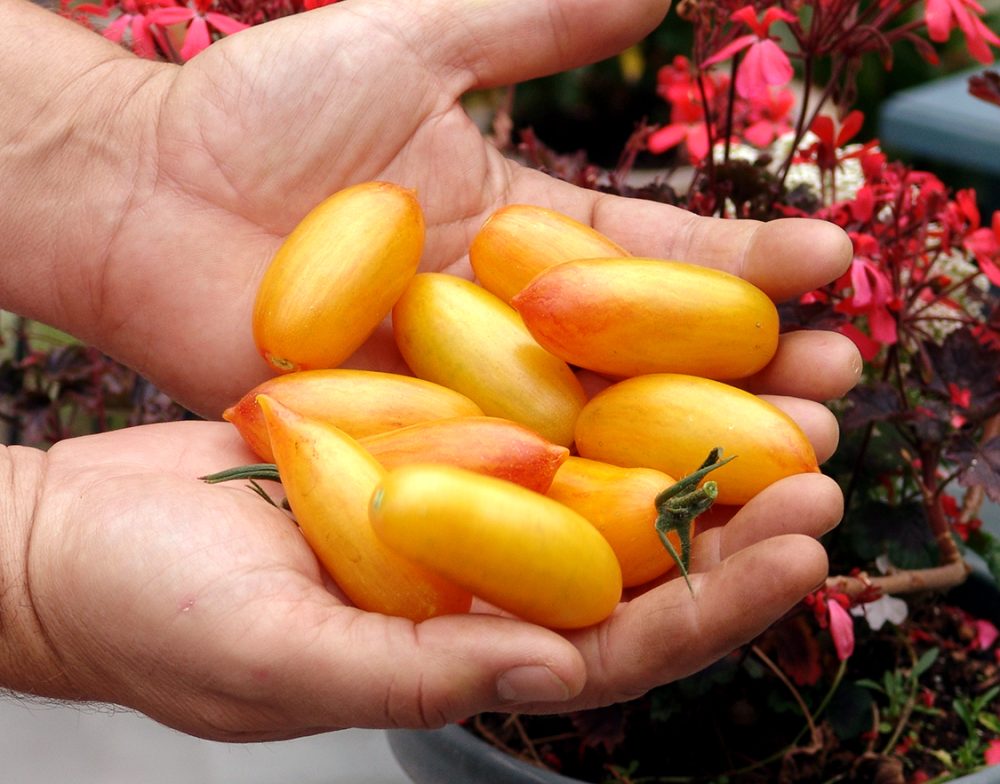I just signed both of my blogs up for the A-Z Challenge. Coming up with topics will be harder for my Flowerchild Designs blog than my Tomato Lady blog.
If you are at all interested in learning about different varieties of tomatoes I would suggest you follow my Tomato Lady blog. I have plenty of material for that one. I will showcase 26 tomatoes, possibly more for each letter of the alphabet. You will be amazed how many varieties there are.
Of course, i am convinced that some heirloom tomatoes are called different names while still being the same tomato. For instance, Hillbilly from Georgia may be the same as Old Flame from Iowa. Just called a different name. It depends on what region you live in. Families have been saving seeds of their favorites for many, many years. Color, markings, maturity date, taste and texture all contribute to identify the variety.
On the opposite side, I’ve grown Hillbilly for several years and each year, they are different. It depends on whether the seeds came from Tennessee or Arkansas. Brandywine is another that has different characteristics depending on the region it comes from and who grew it. Sudduth, Landis, Platfoot, Quiesenberry are all words used to describe the various strains. If you are intereseted in learning more about the Brandywine, here is a link to a site detailing the history written by Craig LeHoullier.
http://www.webgrower.com/information/craig_brandywine.html
I hope that makes sense. Hope to see you reading me!










